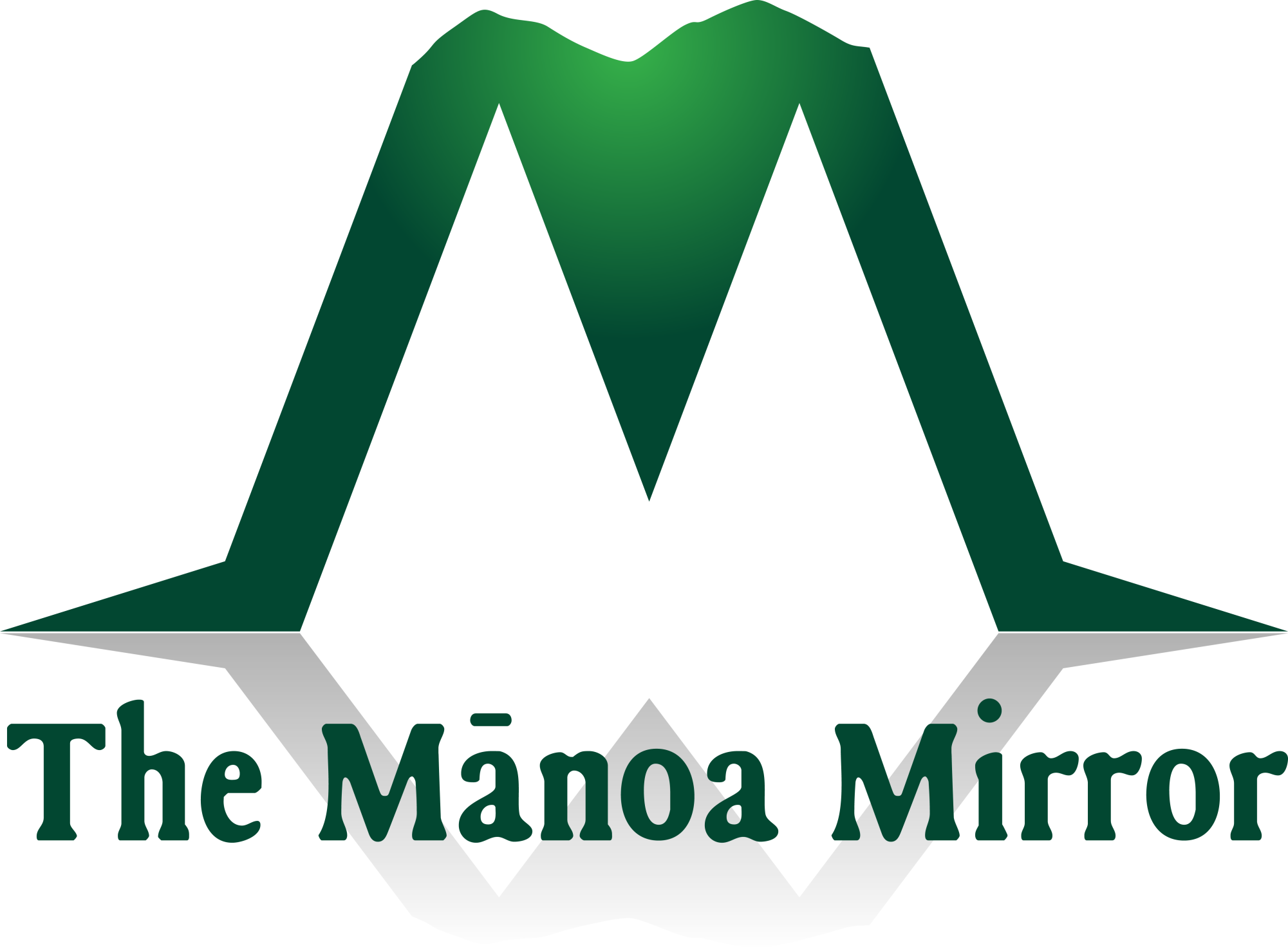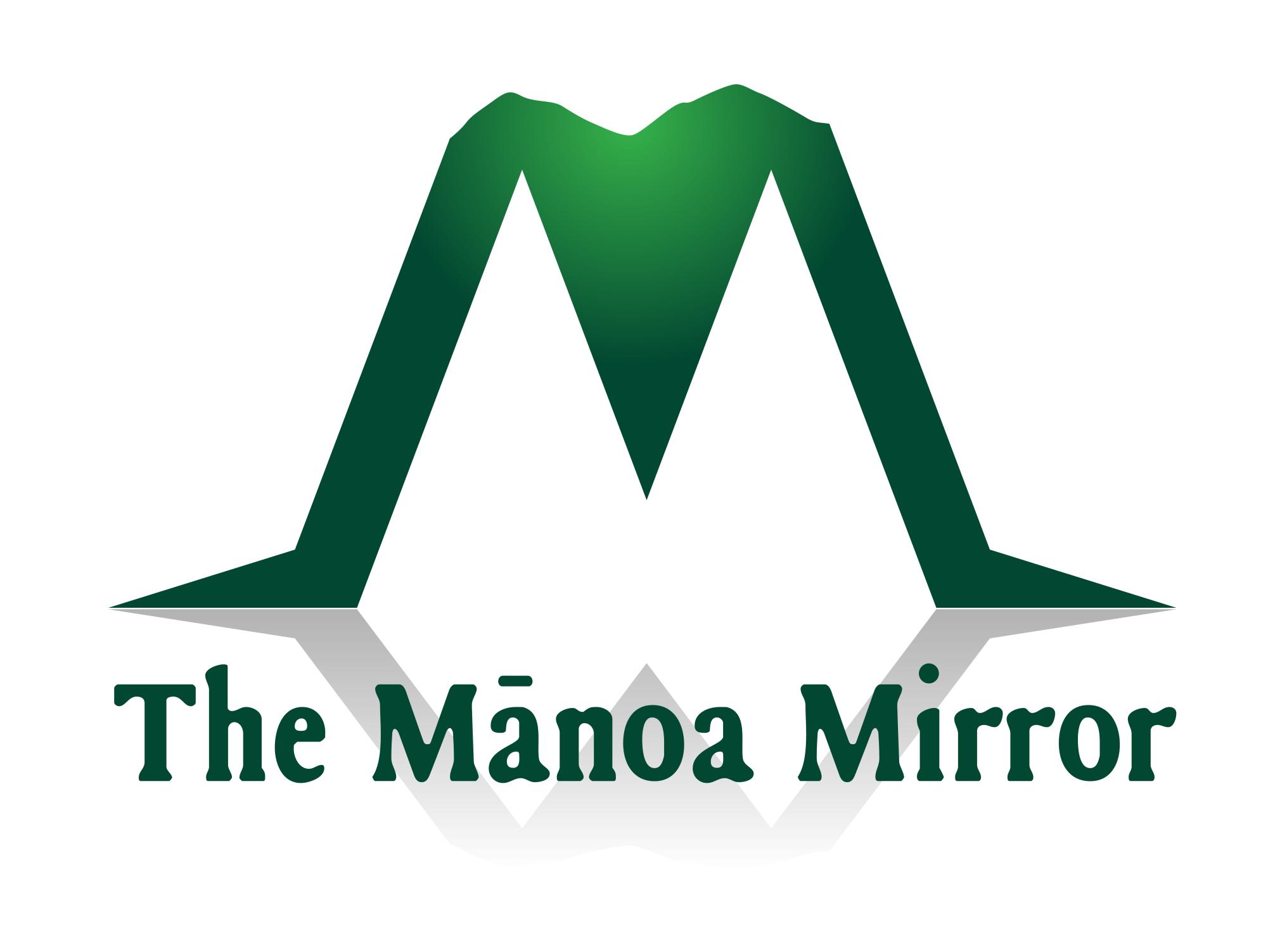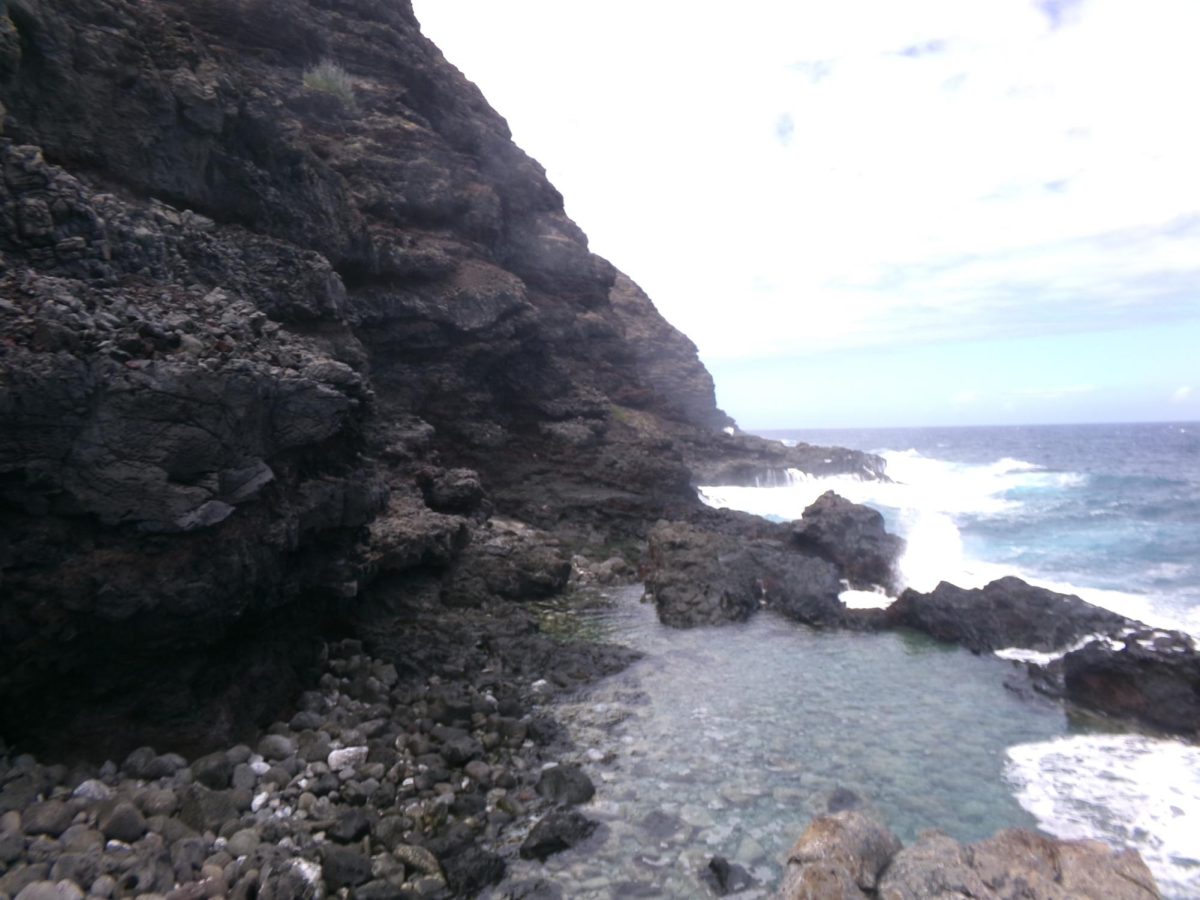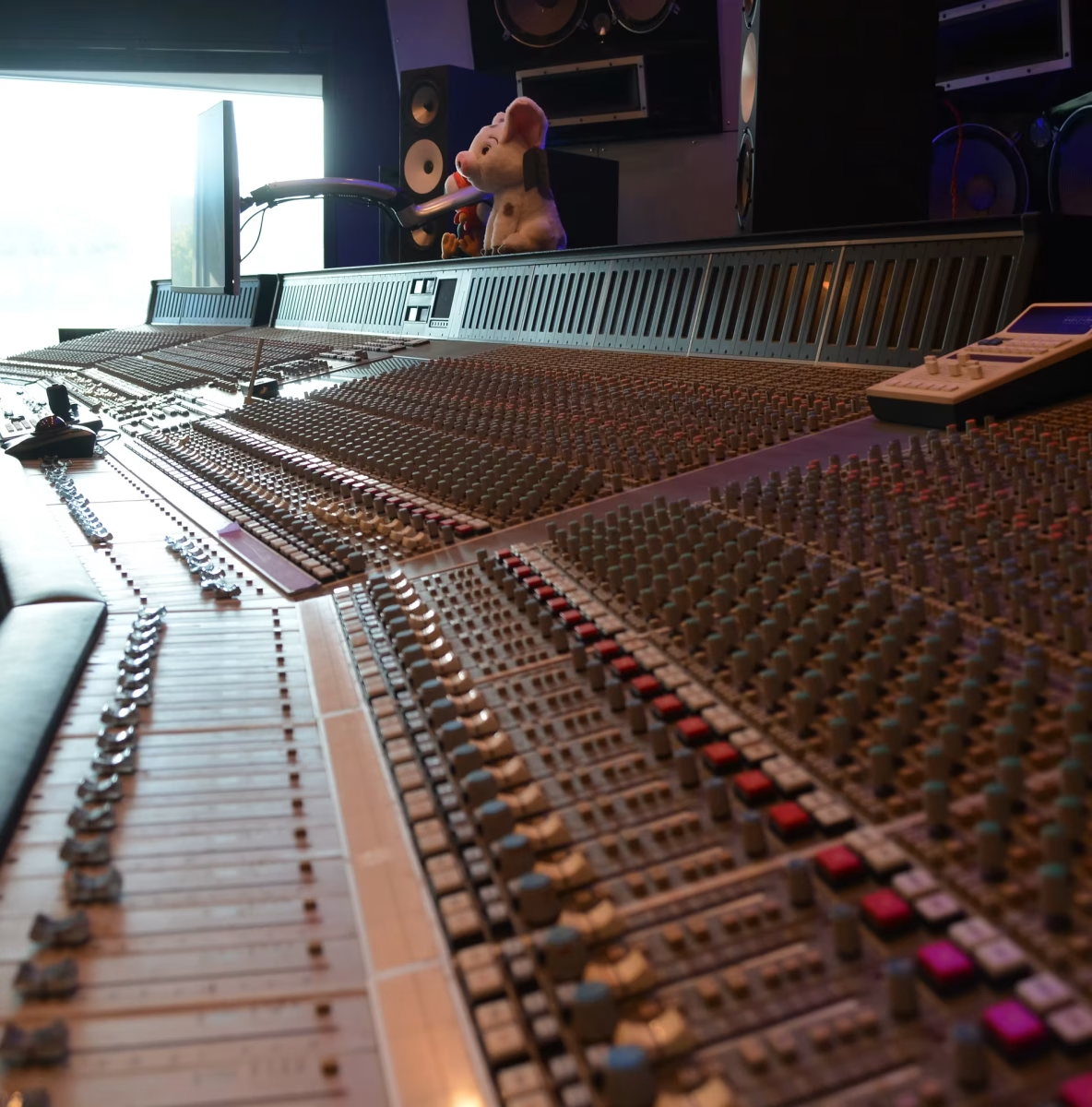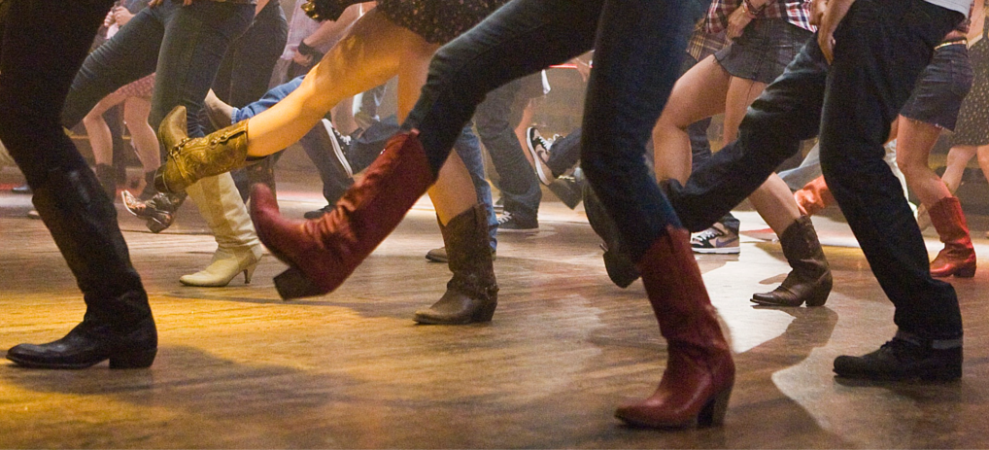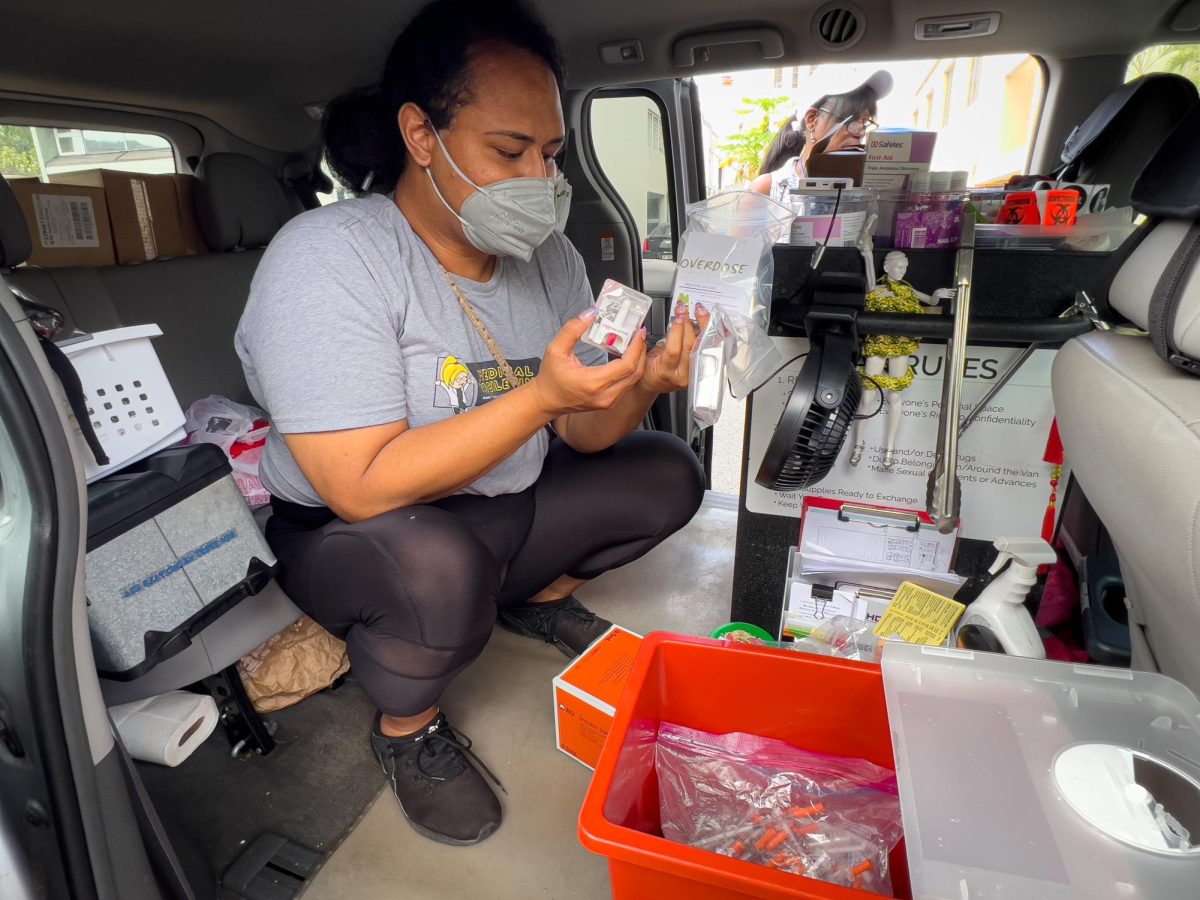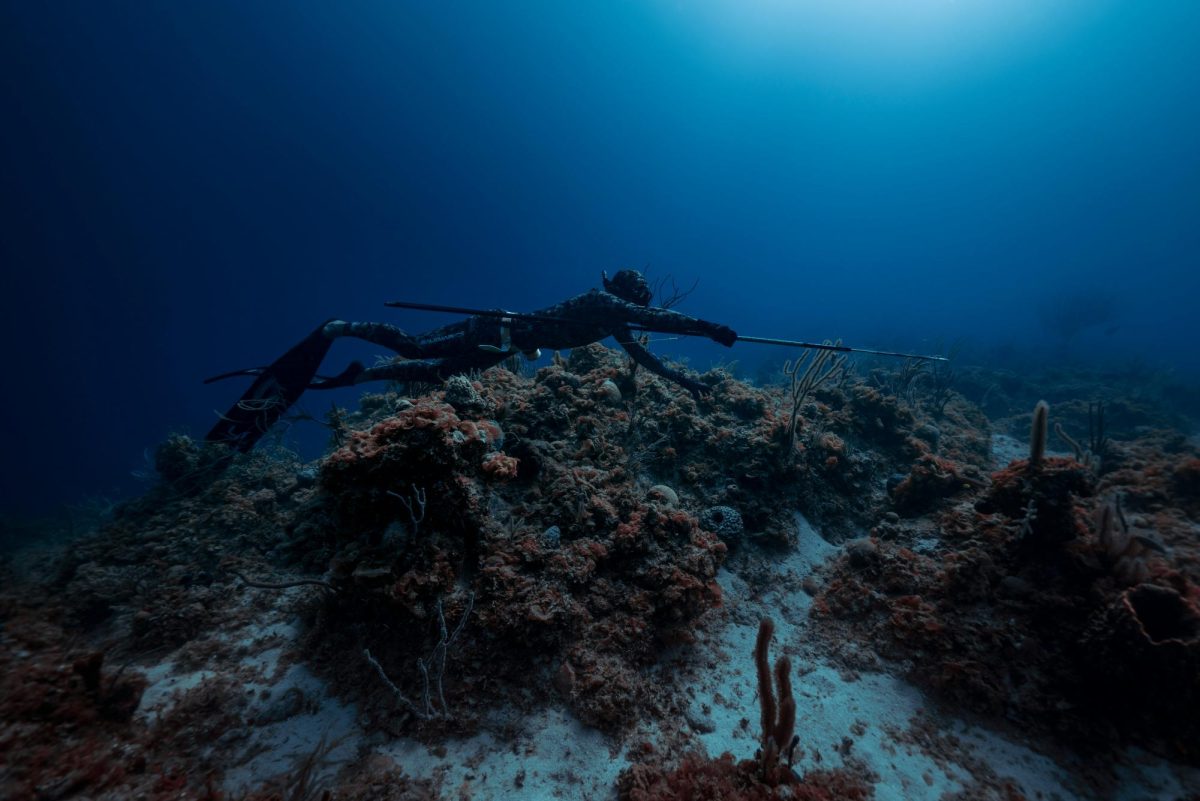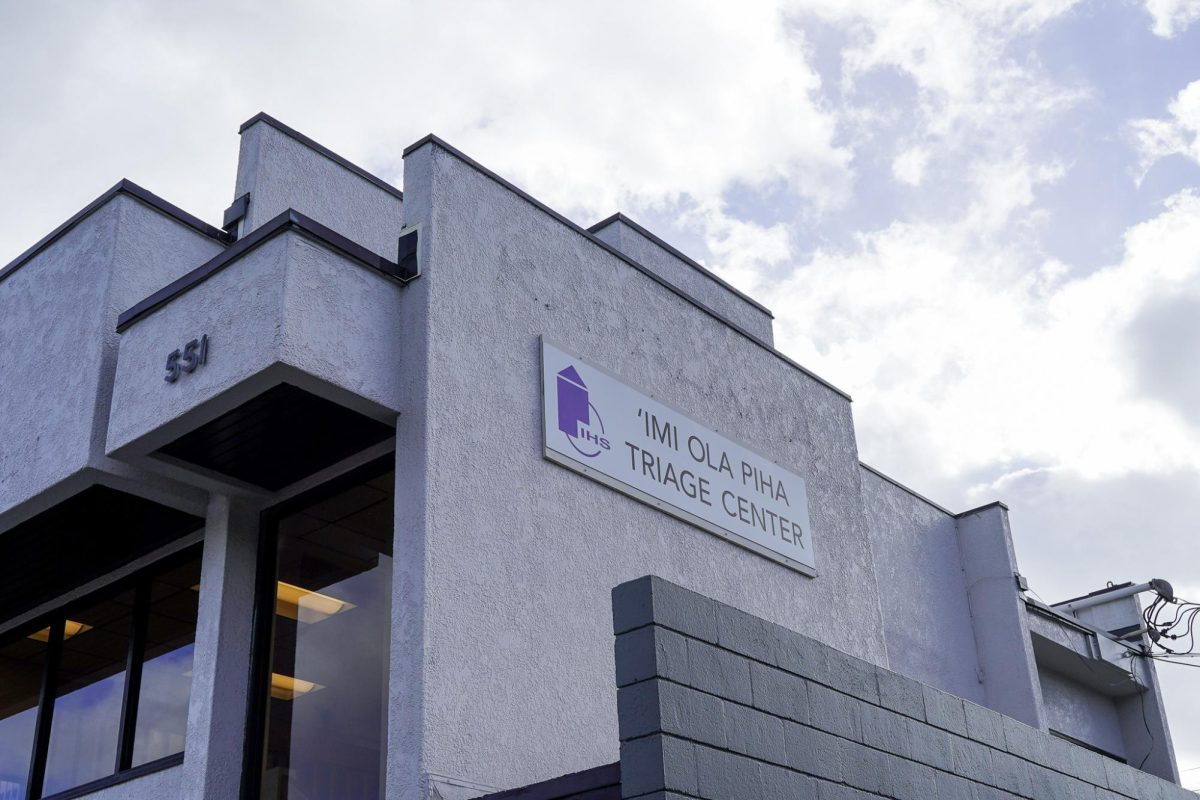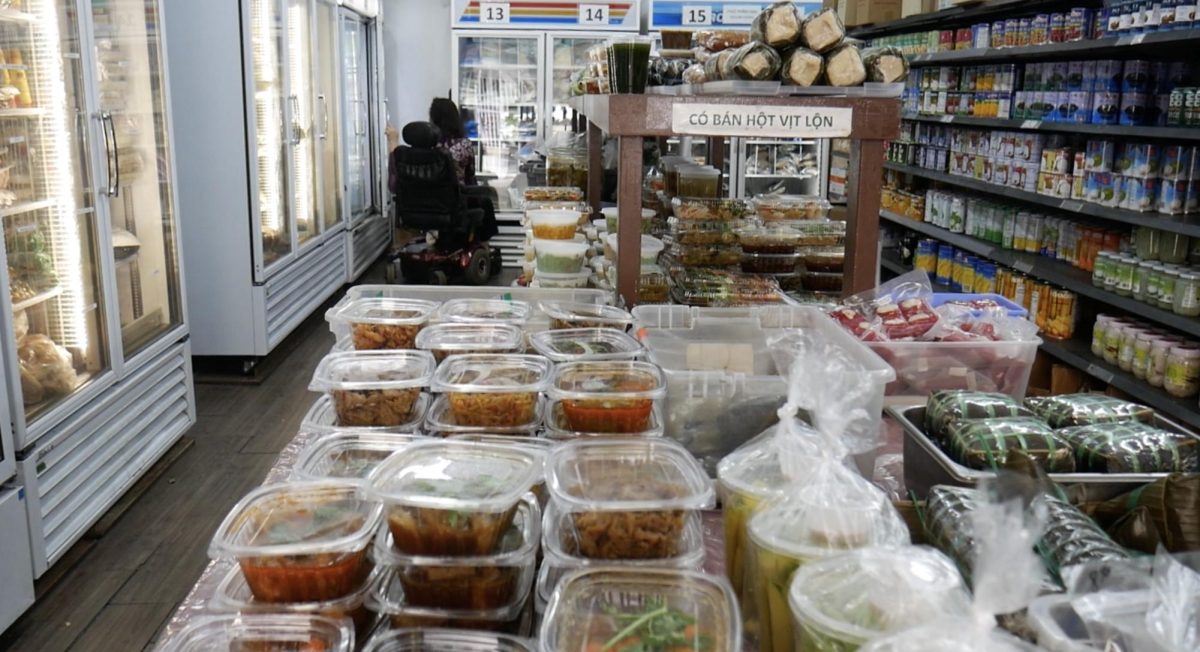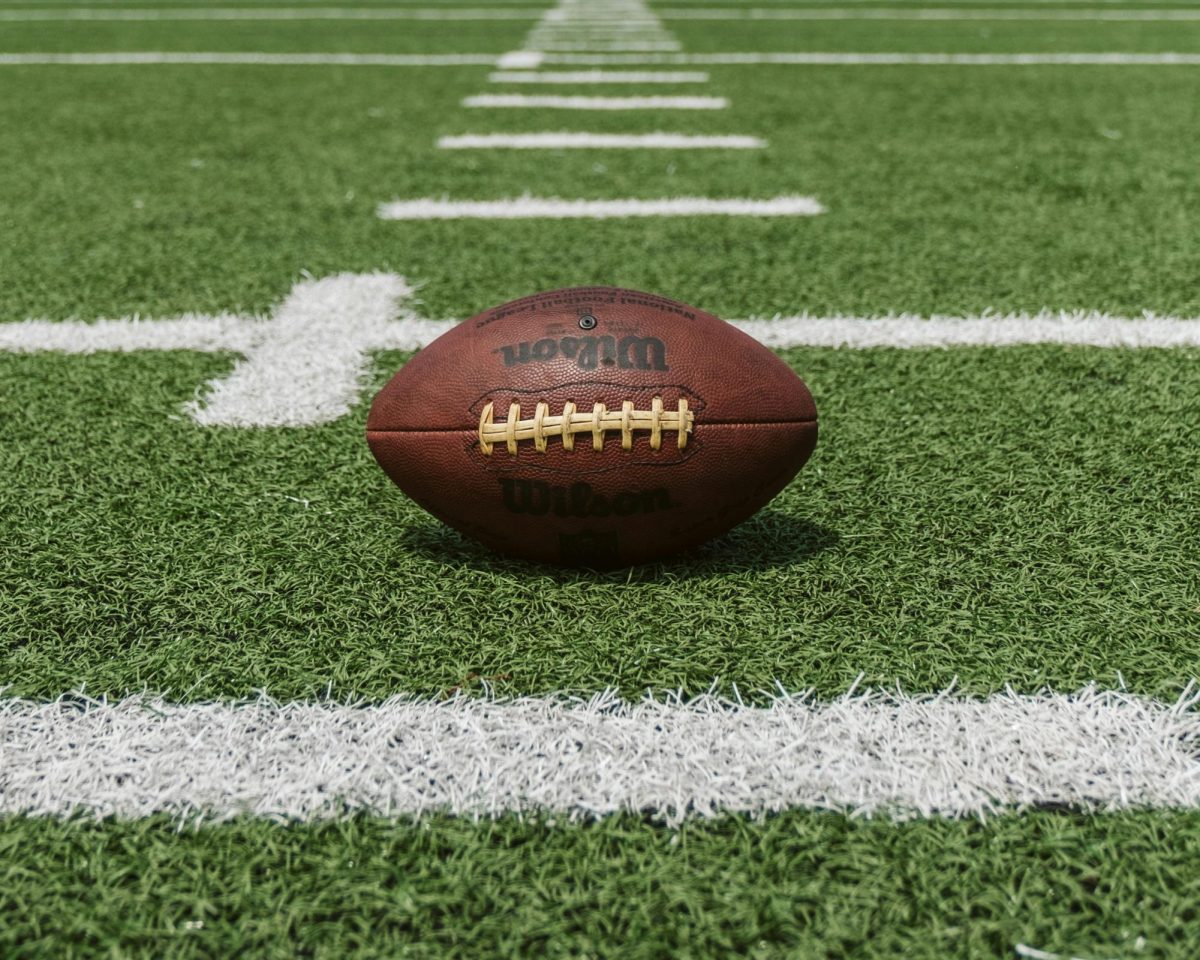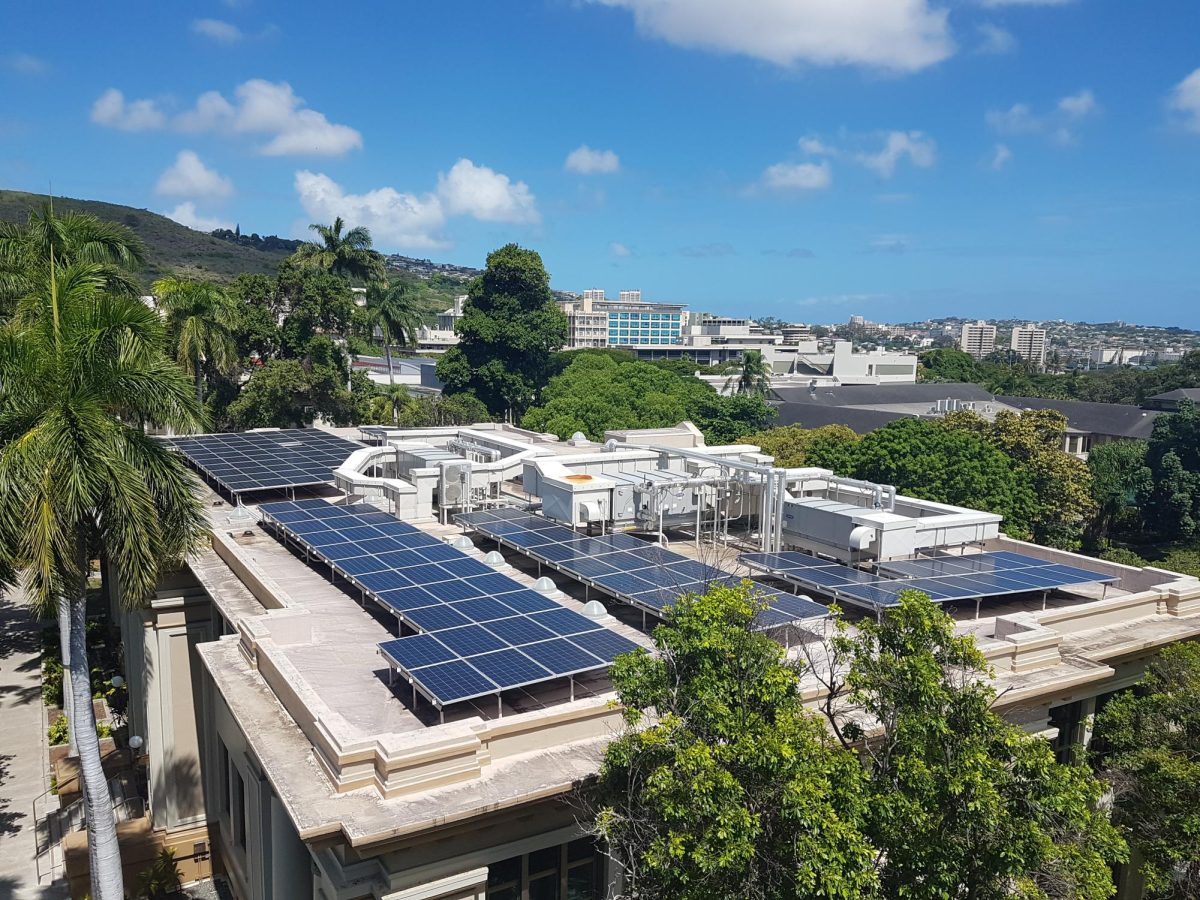There are two outdoor rock climbing spots on Oʻahu, and Makapuʻu Point could soon face changes as the state considers how to manage the land.
The scenic crag is tucked beside the Makapuʻu Lighthouse Trail and has drawn local climbers for its beginner-friendly bouldering routes and beautiful ocean views. Questions about land ownership, safety and liability have kept access in limbo over the years.
Hawaiʻi’s Department of Land and Natural Resources already manages most of the land around the area as part of the Kaiwi State Scenic Shoreline. It has acquired nearby parcels to protect open space and block future development, including a 308-acre purchase in 2001 and another batch from the federal government in the late 1980s.
Climbers fear the state could tighten access or shut it down entirely due to ongoing safety concerns. In 2013, the department temporarily closed parts of the area after reports of loose rock above climbing routes. That closure sparked pushback from the local climbing community, which has worked tirelessly to maintain gear and promote safe practices.
“There are serious challenges in opening up outdoor spots in Hawaiʻi,” said Anthony Bagnoli, general manager of HiClimb, one of three indoor gyms on Oʻahu. “If you were to turn our hundreds of members loose on Makapuʻu, the area would literally crumble.”
Still, with liability issues hanging over the site and no official designation for climbing, the future remains unclear.
The department has not announced any formal plans to designate the crag for climbing use or close it entirely, but buzz in the climbing community is raising concerns.
The reasons are complicated: a mix of geology, legality and liability, leaving local climbers in a constant search for safe, state-sanctioned places to climb.
“Short answer is there’s not a lot of climbing areas on Oʻahu where the rock type is suitable,” said Dr. Julia Hammer, a geologist at the University of Hawaiʻi at Mānoa. “It’s just the way that it (lava) cooled that makes it less favorable here.”
Oʻahu’s volcanic origins mean much of the island’s rock is basalt or tuff, which is not always ideal for climbing. Unlike the granite walls of Yosemite or the sandstone cliffs of Utah, many of Oʻahu’s natural rock formations are brittle, fractured or covered in vegetation. That makes them prone to breaking under pressure, creating dangerous conditions for climbers and anyone below.
Some climbers have managed to find small pockets of climbable rock, such as at Mokulēʻia on the island’s North Shore. Access to those areas is tightly controlled, and revocable permits are few and far between. The Mokulēʻia Wall is one of the few established outdoor climbing areas on Oʻahu, located on state land in Kaʻena Point State Park. Climbers must obtain permits from the state’s Division of State Parks, and the wall is a 30- to 45-minute hike from the nearest parking area, a key factor that discourages casual climbers or quick sessions.
Elsewhere on the island, even when rock formations might be climbable, legal access is a major issue. Many promising cliffs are on private land or lie within nature reserves, military zones or culturally sensitive areas.
Hawaiʻi’s liability laws don’t provide the same level of protection to landowners as in other states with thriving outdoor recreation industries. This has led to blanket bans on climbing, even in places where the sport could theoretically be done safely.
“The state needs comprehensive hazardous recreational use state liability protection,” said Debora Halbert, an advocate for climbing on Oʻahu. “I think ultimately the best result is if the state’s protected from liability so that climbers can climb wherever and without any worries on the part of the state.”
Still, for climbers used to scaling outdoor walls and natural features, indoor gyms only let you climb so high. Many local climbers make regular trips to the mainland—unlike neighboring islands like Kauaʻi or the Big Island—because although rock quality and access are slightly better there, they are still very limited.
In the tango of finding a reliable outdoor spot, Oʻahu’s climbing community has turned inward—literally. Indoor climbing gyms like HiClimb and Volcanic Rock Gym have become mainstays for the island’s climbers, offering bouldering, top rope and lead climbing in a controlled, constantly accessible environment.
Efforts are underway to improve access and safety for climbing on Oʻahu, led by advocacy groups like the Hawaiʻi Climbing Coalition. The group works with state agencies and landowners to explore ways to open more climbing areas and educate climbers on best practices.
Until then, Oʻahu’s cliffs will remain more scenic than sendable, admired from a distance rather than scaled up close.
